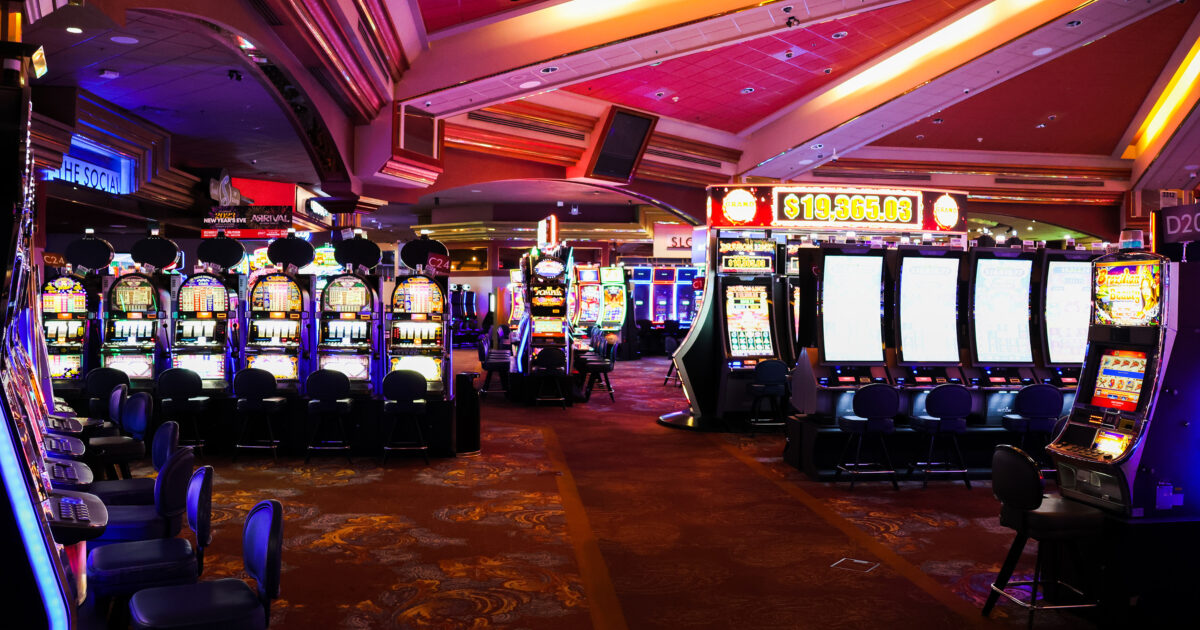
Gambling games have long captivated people’s attention, drawing participants into a realm filled with chance, planning, and the allure of adventure. Each experience is carefully crafted not just for entertainment, but also to elicit particular emotional responses that keep gamblers immersed and invested. Understanding the motivations behind these designs reveals much about how human psychology plays a key role in the gaming experience.
From the vivid lights and lively sounds to the complex layering of guidelines and payoffs, casino games are designed to create an atmosphere of thrill and anticipation. Game designers leverage behavioral strategies to influence player behavior, whether through the use of big prizes, close-call situations, or social interactivity. By examining these aspects, we can better appreciate how casino games fulfill not just a want for entertainment, but underlying psychological needs for excitement and uncertainty.
Comprehending Player Actions
Casino games are designed with a thorough understanding of player psychology, which is essential for attracting and holding players. The excitement of the game, alongside the expectation of winning, establishes a strong attraction. non UK casinos Game designers utilize elements like sonic elements, dynamic graphics, and captivating gameplay to seize attention and elicit emotional responses. These sensory experiences enhance the total environment, making players feel more attached in the game.
Another significant aspect of player behavior is the idea of risk versus reward. Casino games often weigh high-risk scenarios with the potential for significant rewards, which can lead to the phenomenon known as near-miss effect. When players come close to winning, the brain produces dopamine, bolstering their behavior and encouraging them to persist playing in pursuit of that elusive win. This cycle of hope and disappointment plays a key role in how games are designed and marketed.
Lastly, social elements also play a pivotal role in player behavior at casinos. Many games are made to be played in teams or in company with other players, creating a sense of togetherness and shared experience. The social interaction inherent in games like poker enhances enjoyment and can result in extended gameplay. Designers leverage on this by designing environments that prompt players to stay, interact, and return, making the overall casino experience more inviting.
The Role of Imagery and Sound
Visuals and sound play a significant role in elevating the player’s experience within gambling games. Designers utilize vibrant colors, striking graphics, and engaging animations to attract gambler’s attention and maintain their interest. The use of themes, such as exploration or opulence, helps create an engaging atmosphere that takes players into a different world. By appealing to the senses, these elements contribute to a intensified emotional response, encouraging players to engage more profoundly with the games.
Audio design is equally important in enhancing the experience of casino games. The combination of background music, sound effects for winning combinations, and environmental noises creates an sound landscape that holds players enthralled. Sounds associated with victories, such as ringing bells or celebratory music, evoke feelings of excitement and satisfaction, encouraging players to keep playing. These audio cues are strategically placed to amplify the excitement of the game and create a more immersive experience.
Moreover, the alignment of imagery and audio is important for reinforcing the game’s overall concept and atmosphere. Each element should coordinate seamlessly to create a cohesive experience that pulls players in. The effective use of this synergy not only enhances user satisfaction but also boosts the likelihood of repeat play, as players become more invested in the captivating world that the gambling games offer. This thoughtful integration of imagery and audio ultimately enhances player involvement and loyalty.
Incentive Systems and Engagement
The creation of casino games heavily relies on incentive systems to keep participants involved and coming back for additional experiences. These systems are based in behavioral theories that exploit human nature and motivation. Players are often driven by the thrill of success, which is supported by instant feedback through the game structure’s mechanics. This prompt satisfaction not just enhances the gaming experience but also cultivates a feeling of achievement, prompting players to continue participating in hopes of bigger rewards.
Casinos utilize various incentive systems, including jackpots, bonuses, and increased rewards, to captivate players. These features create a layer of excitement that sustains engagement. Additionally, the unpredictability of outcomes plays a significant role in keeping interest. The variable reward system, where successes are unpredictable but happen often enough, keeps participants on edge and motivated to keep playing. This loop of anticipation and anticipation is foundational to the success of gambling experiences.
Furthermore, community aspects, such as tournaments and collaborative options, enhance the participation factor by tapping into the desire to compete of participants. The communal aspect of gaming with fellow participants can amplify the excitement of success and create a community atmosphere within the gaming space. By combining these community elements with effective incentive structures, gambling experiences not only provide entertainment but also nurture a stronger connection among participants, reinforcing their commitment to the overall experience.
